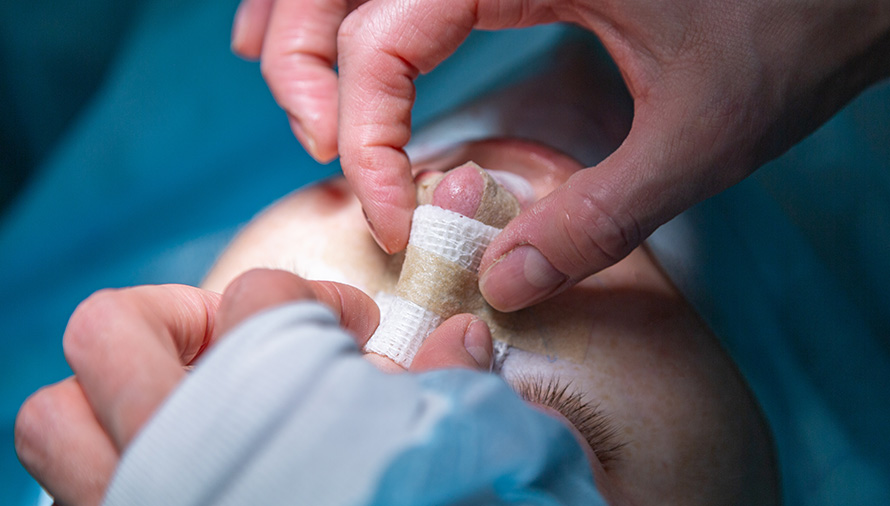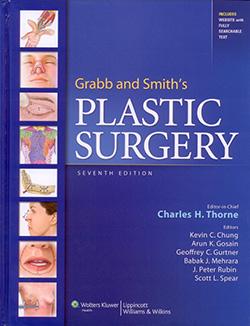If you’ve ever seen an episode of a reality program on failed cosmetic procedures, you would know that one of the most common subjects is having bad nose jobs “fixed”.
What they really mean is “corrective rhinoplasty”. Corrective rhinoplasty, revision rhinoplasty, and secondary rhinoplasty are all names for the same thing; that is, they describe surgical procedures performed on noses that have undergone previous surgery.

Rhinoplasty is a surgical alteration of the bony and cartilaginous nasal architecture in order to improve the appearance, and often the function, of the nose. According to the 2020 survey of The Aesthetic Society (The American Society for Aesthetic Plastic Surgery) rhinoplasty is the 5th most common plastic surgery performed. It is also the most common plastic surgical procedure performed on teenagers.
Given the frequency of nasal surgery, the experience required to do the procedure well, and the fact that the nose occupies such a prominent position in the center of the face, it is no surprise that many of the patients who undergo rhinoplasty are dissatisfied.
Revision rhinoplasty may involve readjusting the size and/or position of the bones or cartilages or it may require building up structures that were excessively reduced. Finally, secondary rhinoplasty (or tertiary rhinoplasty if the nose has had two previous operations) may be performed if the first procedure or procedures narrowed the airway and affected the breathing.
When to have a corrective rhinoplasty
Some reasons to seek corrective rhinoplasty may be:
What are the risks of corrective rhinoplasty?
Rhinoplasty is a complicated procedure when performed the first time but revision rhinoplasty is even more challenging. The scarring that is present under the skin from previous surgery and the fact that tissue has been removed, can make surgery much more difficult than the primary nose job. On the other hand, an experienced surgeon can usually predict which secondary procedures are worth doing and which ones are unlikely to result in sufficient improvement to be worth the risk.
Corrective rhinoplasty can be extremely rewarding for the patient and surgeon because the patient is often distressed with the results of the first procedure and is extremely happy when an improvement can be made.
Should you get a corrective rhinoplasty?
If you want to know more about the procedure and if you are a good candidate, consult an experienced specialist. Dr. Charles Thorne is a rhinoplasty surgeon with more than 30 years of experience
He has also held many leadership positions in plastic surgery societies including being President of The Aesthetic Society (The American Society for Aesthetic Plastic Surgery). With Dr. Thorne, you are in capable hands.

Dr. Thorne is the Editor-in-Chief and the author of several chapters in Grabb and Smith's PLASTIC SURGERY, 7th Edition.
